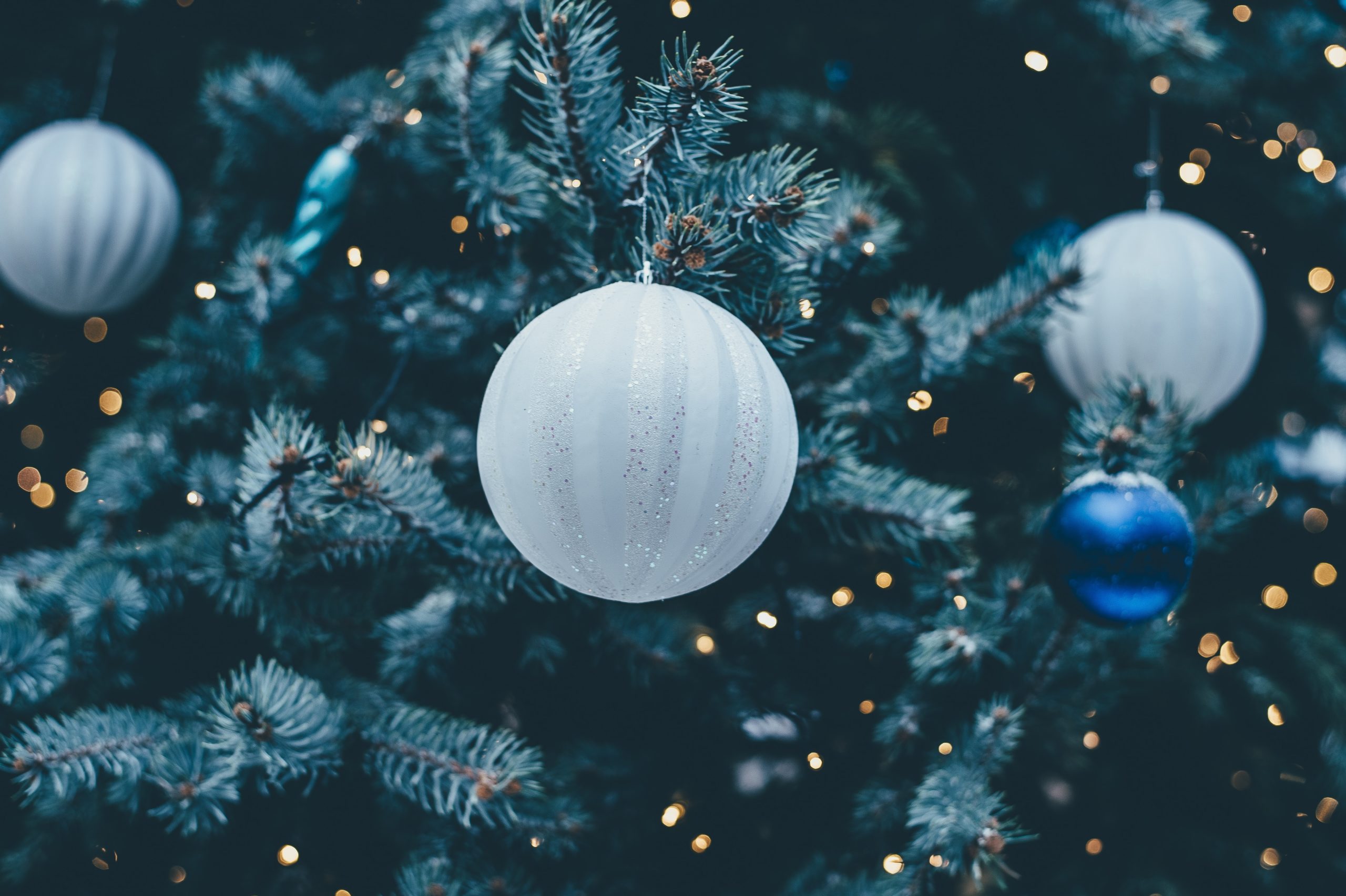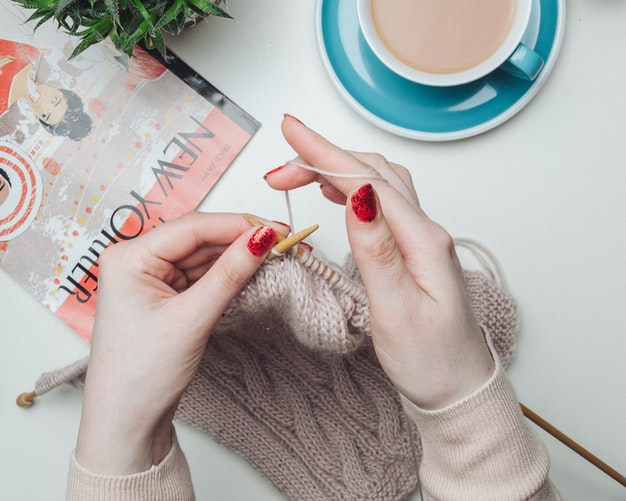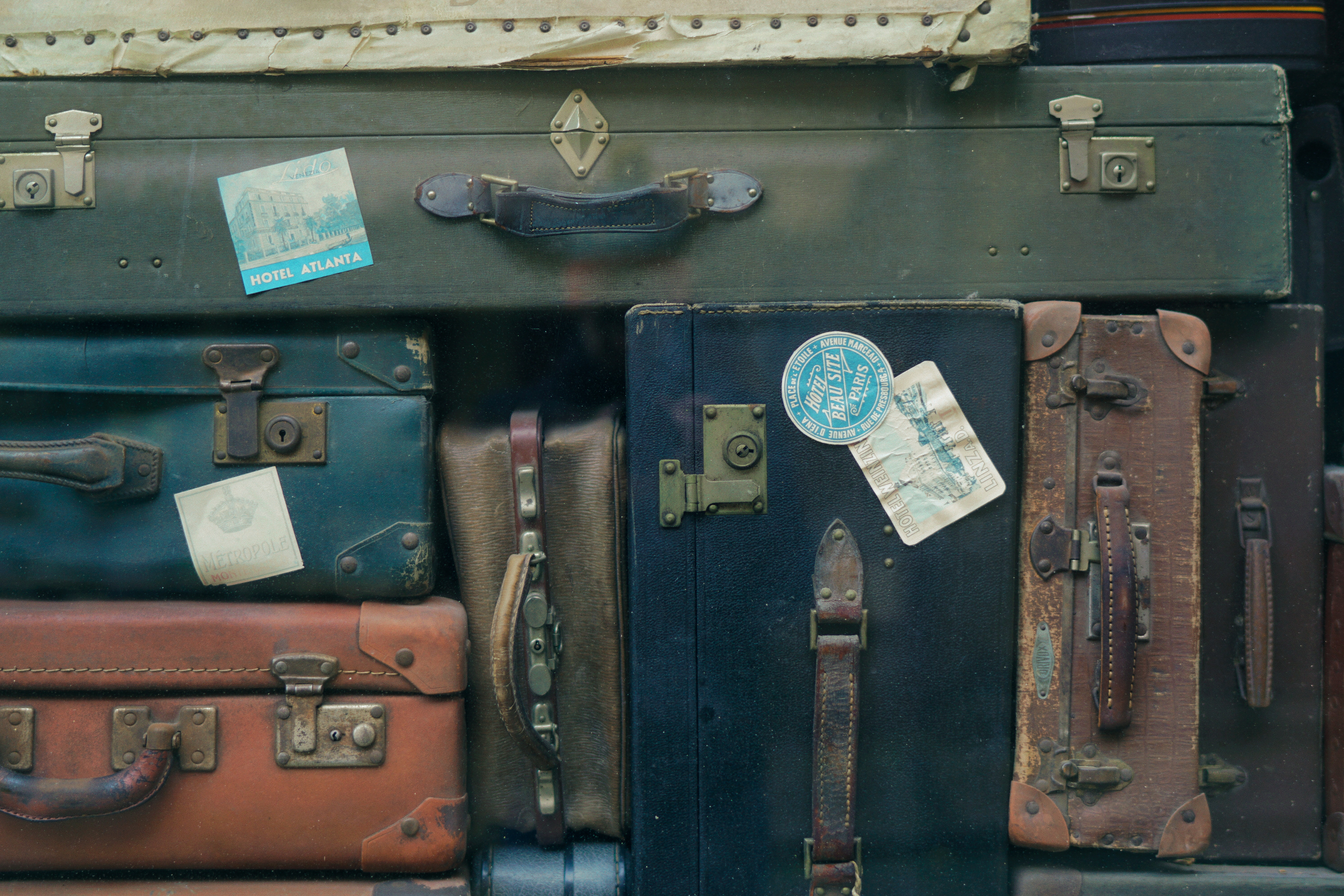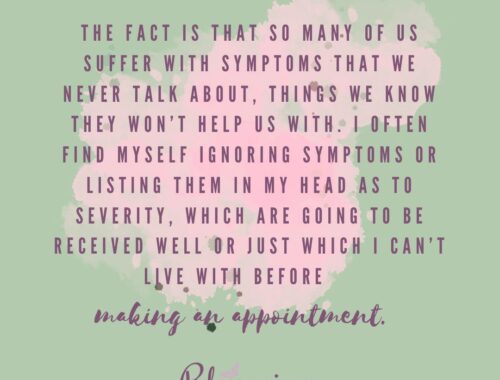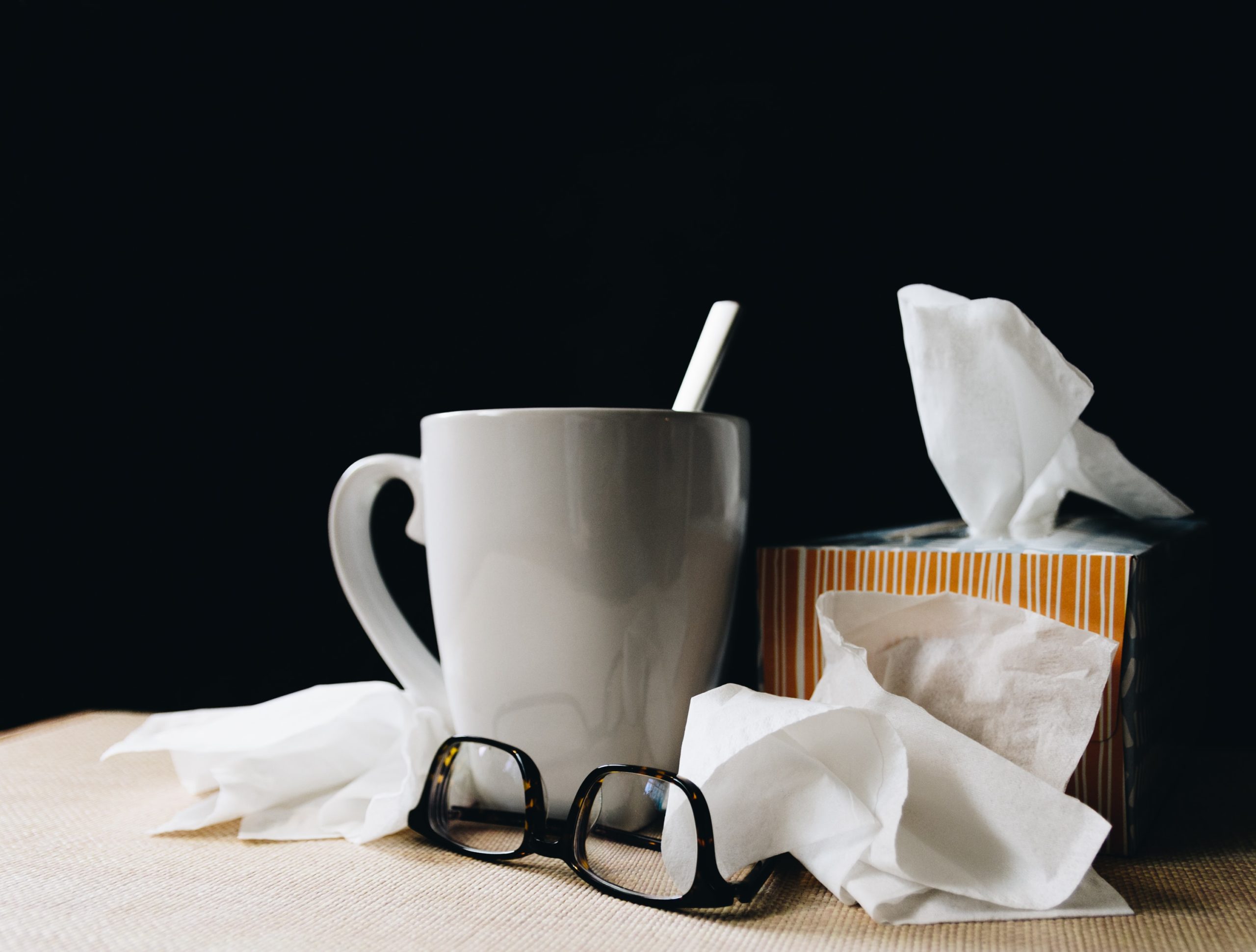Tips for Avoiding Rosacea Flare-Ups During Winter
Rosacea is a common skin condition affecting more than 5% of women worldwide, and mainly affects sufferers during cold weather. The symptoms are skin redness in the area around the nose and checks. Trends among the affected persons show that the condition is mainly affected by weather changes in seasons. Some people may be worst affected during the hot months of the years, while others experience the symptoms when it is cold. The good news is that the condition can be managed through some lifestyle changes or changes in the mode of dress, especially when in an outdoors environment. Let’s see some of the tips on how you can prevent flare-ups during winter.
Avoid Hot Drinks
It is common for people feeding and drinking habits to change during the cold season. Most people start taking hot drinks more often than they did at other periods of the year as a way of warming up their bodies. However, dietary changes can affect rosacea and for people with sensitive skins, a hot drink can trigger the condition due to the hot steam generated. If you have to take a cup of coffee during winter, the best way is to wait till it is lukewarm.
Avoid too Much Warmth
The freezing temperatures outside will always affect how our body feels, and the best way to maintain the comfortable temperature is by finding an external heat source. Most people will gather up at a fireplace or find an electric heater to chase the cold away. People suffering from the condition should avoid too much heat though, especially in the face area, as rosacea affected skin areas typically have an enhanced sensitivity to heat. The sudden changes in temperature can also increase blood flow in the skin and trigger facial flashing.
Cover Your Face with a Scarf
Winters are always accompanied by cold winds that can trigger facial flushing. You can avoid the risk of such conditions by ensuring that you cover your face as much as possible when going outdoors. Covering your face will prevent the wind from irritating the blood vessels on your face. For rosacea sufferers, avoiding the outdoor environment during winter is the best remedy, but normal activities have to continue meaning you cannot live indoors for the entire season.
Moisturize your Skin
Irritation is more likely to occur on dry skin than on moisturized skin. Our skin can become drier during cold seasons and using moisturizing products is the only remedy. Brand moisturizers are the best skin care products for rosacea sufferers to avoid irritation resulting from additional ingredients, such as scents and other chemicals. A dermatologist can be of great help by advising on the recommended products for people with your condition. Rosacea sufferers should also avoid rubbing and massaging the face when applying the moisturizer to avoid aggravating the skin.
Drink a lot of Water
Drinking water is one way of maintaining healthy skin by reducing skin dryness. Your skin will more likely become dry during winter, and lack of dryness control measures can lead to flare-ups. Drinking two liters of water per day as recommended will introduce more moisture in your skin and reduce the skin condition’s triggers. Red-wine is also known as a contributor to flare-ups, and replacing it with white wine can be of benefit in your fight against the rosacea.
Identify your Triggers and Avoid Them
The exact cause of rosacea is unknown, but people have different triggers which may be the environment or the products we use. The best way to control the condition is through lifestyle changes that will help us avoid any aggravating factors. However, there are prescription medications available to treat rosacea if lifestyle changes don’t help or you can’t reasonably avoid your triggers. Some of the common triggers include heavy exercise, indoor heat, humidity, sun exposure, hot or cold weather and hot baths. Sometimes you have to avoid certain foods, mostly for people who love spicy food. Avoiding these triggers is a sacrifice worth making if you want to get your rosacea under control.
